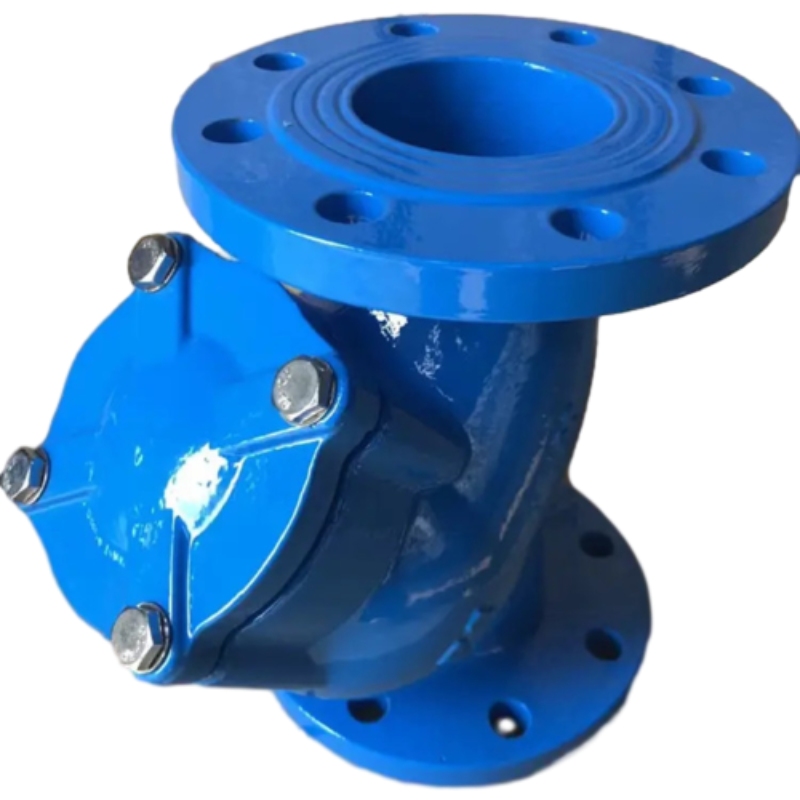Jul . 27, 2024 16:14 Back to list
Innovative Techniques for Utilizing Chairs in Concrete Construction Projects for Enhanced Stability and Efficiency
The Role of Chairs in Concrete Construction
In the world of concrete construction, the term chair does not merely refer to a piece of furniture but signifies an essential support mechanism used during the formation and reinforcement of concrete structures. Chairs play a pivotal role in ensuring that the integrity and design of concrete installations meet the desired standards for strength, durability, and aesthetics. This article aims to explore the various types of chairs in concrete construction, their functions, and best practices for effective usage.
Understanding Concrete Chairs
Concrete chairs are specialized supports that are designed to hold reinforcing bars (rebars) in place during the pouring of concrete. These supports help maintain the correct positioning of rebar, ensuring that it is embedded at the appropriate depth to optimize load-bearing capacity and minimize cracking. The chairs create a stable, elevated platform for the reinforcement, which is critical for the overall performance of the concrete structure.
Types of Concrete Chairs
There are several types of concrete chairs, each designed for specific applications
1. Single Leg Chairs These simple supports lift the rebar slightly off the ground to prevent it from resting on dirt or debris. They are commonly used in flat slabs and pavements.
3. High Chairs For cases requiring substantial elevation, high chairs are necessary. They are often used in situations where the rebar needs to be set deep within thick sections of concrete, such as in the bases of large structures.
chair in concrete construction

4. Bar Support Chairs These chairs are especially useful for maintaining the spacing between multiple layers of rebar, ensuring that the structure adheres to the design specifications and standards.
The Importance of Proper Placement
The effectiveness of concrete chairs depends significantly on their correct placement. Properly positioning the chairs not only prevents shifting of the rebar during concrete placement but also ensures that the rebar is encapsulated correctly within the concrete, which is crucial for structural integrity. The spacing and layout of the chairs should adhere to the design plans, as deviations can lead to weak points in the final structure.
Furthermore, it is essential to choose the right chair material. Chairs can be made from plastic, metal, or concrete, and the selection should be based on the specific environmental conditions and load requirements of the project.
Challenges and Best Practices
One of the main challenges in using concrete chairs is ensuring that they remain stable during the concrete pouring process. If the chairs shift or collapse, it can lead to significant issues, including misalignment of the rebar and potential failure of the concrete structure. To mitigate these risks, workers should perform a pre-pour inspection to ensure all chairs are properly positioned and firmly set.
Using chairs that are appropriately rated for the intended load is also critical. When selecting chairs for a project, engineers and construction professionals must consider various factors, such as the size of the rebar, the loading conditions, and any environmental influences that may affect the structure.
Conclusion
In conclusion, while often overlooked, concrete chairs are a cornerstone component in the construction process, significantly impacting the performance and longevity of concrete structures. Understanding the different types of chairs, their correct placement, and the materials involved can greatly improve the quality of the construction. By prioritizing these factors, construction professionals can ensure that their concrete projects are built to last, maintaining safety and structural integrity for years to come.
-
Thread Plug Gauge Our Promise of Measurement ExcellenceNewsAug.22,2025
-
Gauge Pin Class Reflecting Quality LegacyNewsAug.22,2025
-
Check Valve Types for High Rise BuildingsNewsAug.22,2025
-
Water Control Valve for Irrigation SystemsNewsAug.22,2025
-
Gate Valve with Soft Seal TechnologyNewsAug.22,2025
-
Y Type Strainer for Oil and Gas ApplicationsNewsAug.22,2025
Related PRODUCTS









